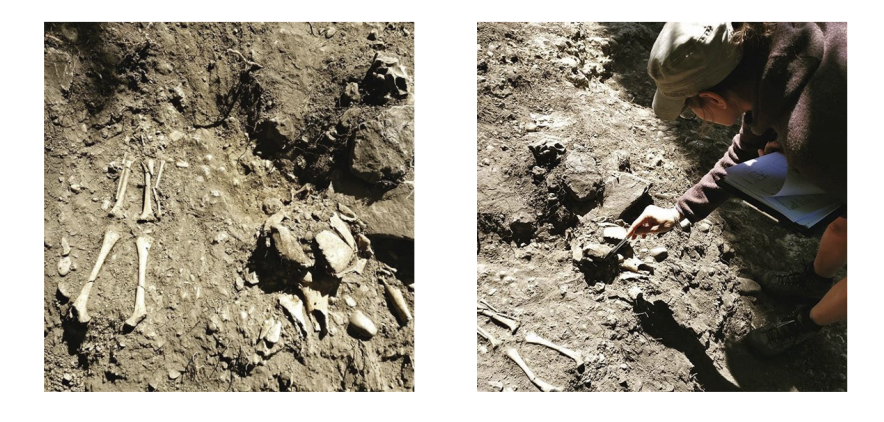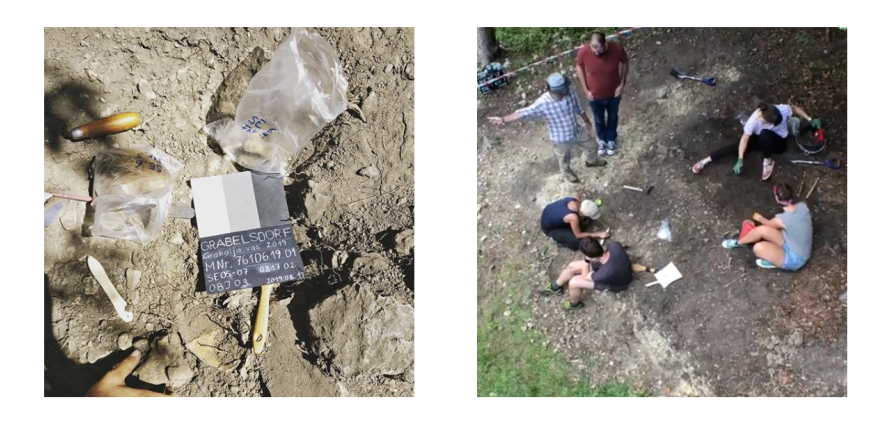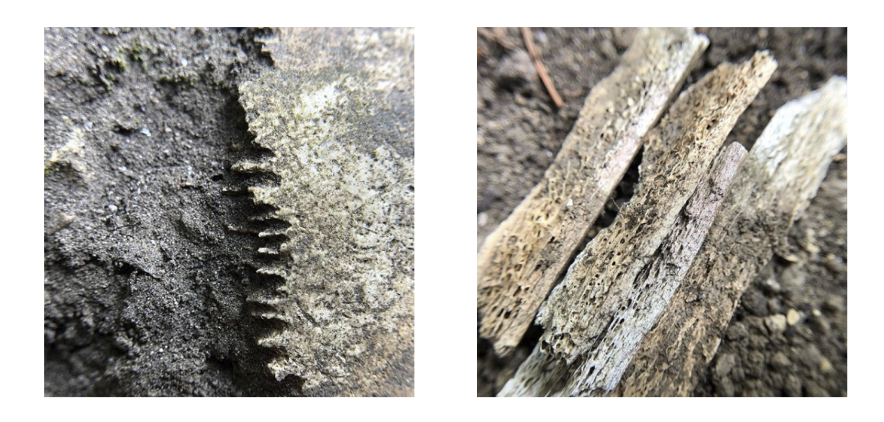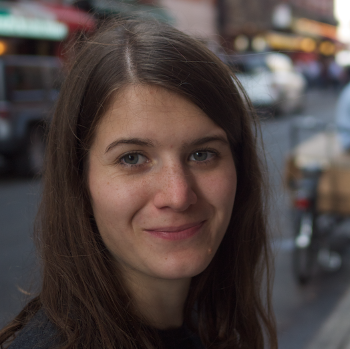Biotop member Martin grew up in Grabelsdorf, Carinthia (Austria), a beautiful area steeped in ancient history. In this town, the roads are named after ancient tribes such as “Etruscans” and “Celts “. Remnants of settlements dating back to the early Iron Age (9th-6th century BC) have been unearthed and there is evidence for a celtic settlement (2nd – 1st century BC) as well. One weekend, while on a visit home, archaeologist Martin went for a walk up the “Gracarca” hill (676 m above sea level). Along the way, he noticed that the footpath next to the old church of St. Daniel’s dating back to at least around 1050 AD (when it was already mentioned in documents), had recently been expanded. The building works had revealed human bones - Martin noticed parts of a skull and some long bones, perhaps thigh bones, sticking out from the earth.
He reported these findings to the authorities and subsequently applied for permission to excavate the graves that had thus been unearthed. This is called an “emergency dig” among archaelogists - a quick operation to save what has unintentionally been exposed to the elements. Over the course of one weekend, we got down to work, digging and documenting and bagging bones, shards and a single green glass pearl that we found. In total, we excavated bones from 4 individuals (3 adults, one child). The bones will now be analysed by Carbon-14 analysis to estimate their approximate age. Given the location of the graves next to the church, well above the ancient celtic burial ground, but outside the cemetary walls, they might turn out to be from the early Middle Ages. We can’t wait to know for sure!
Meanwhile, we are now trying to organise a larger citizen-science dig at this location as we suppose there could be more graves adjacent to the ones we excavated on that weekend in August. Are you interested in participating? Would you like to try the work of an archaeologist for a day or two? If so, please get in touch!
References: https://www.kath-kirche-kaernten.at/pfarren/detail/C2936/filialkirche_st._daniel_t._danijel1




